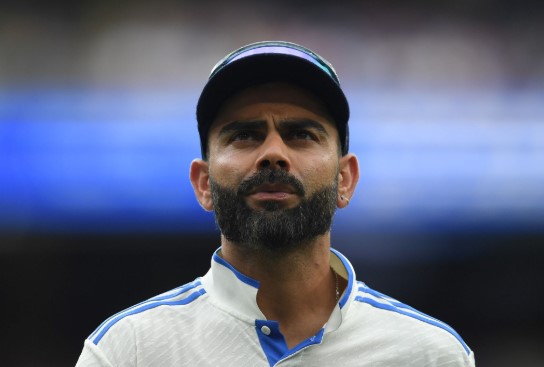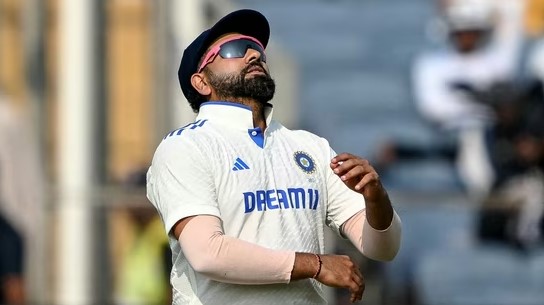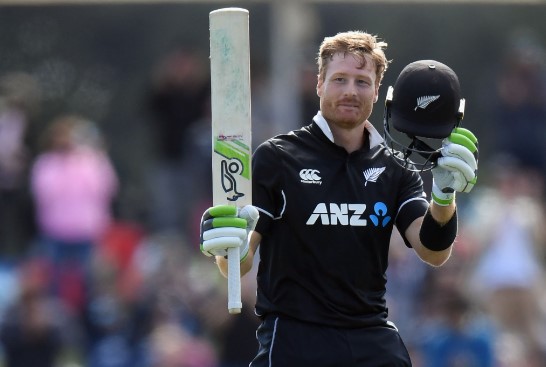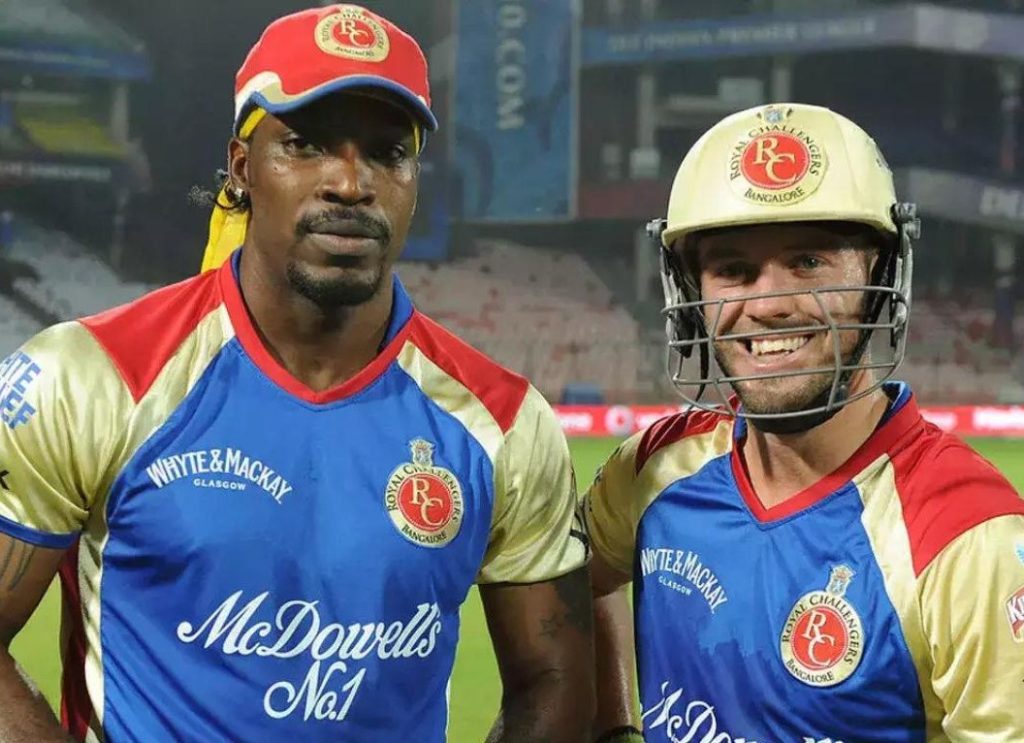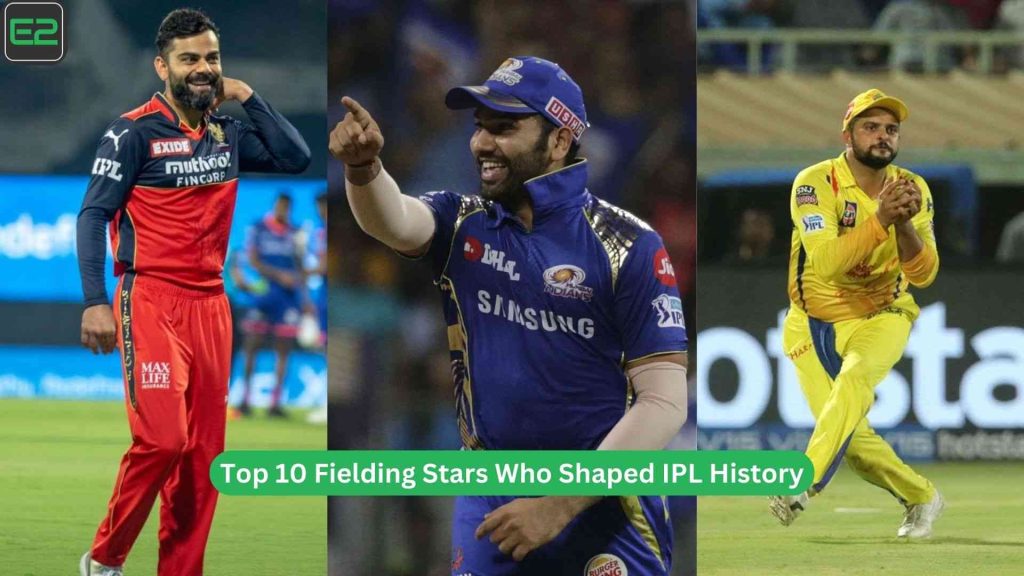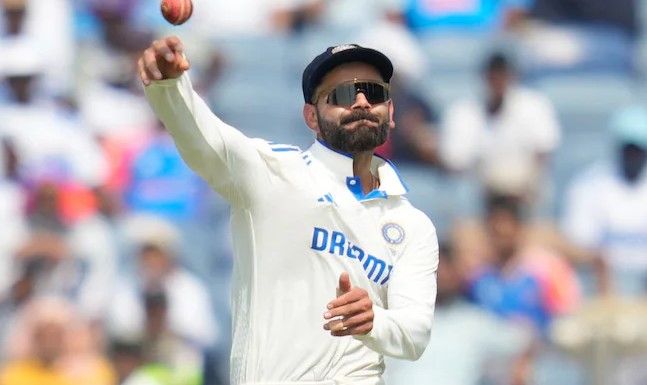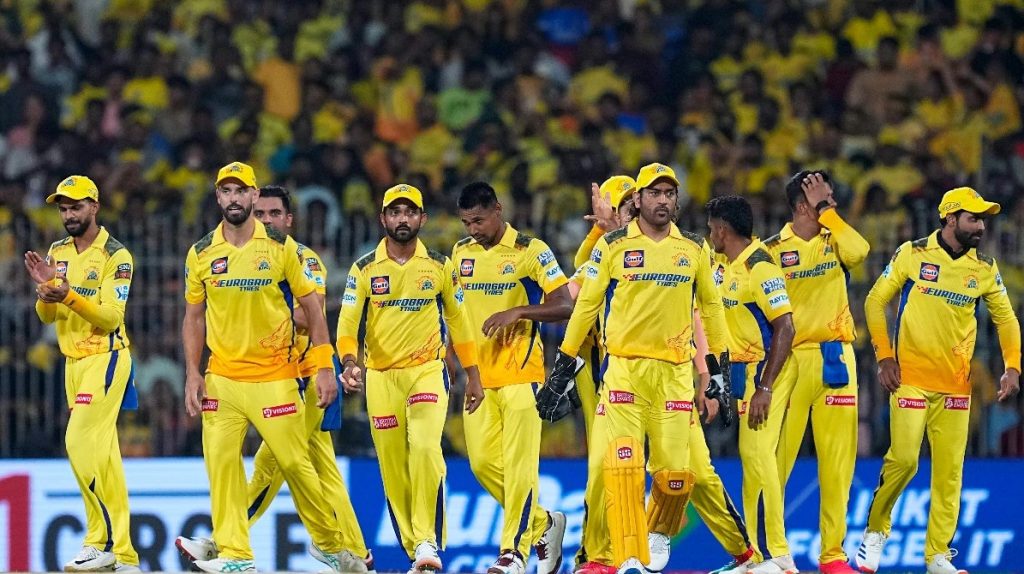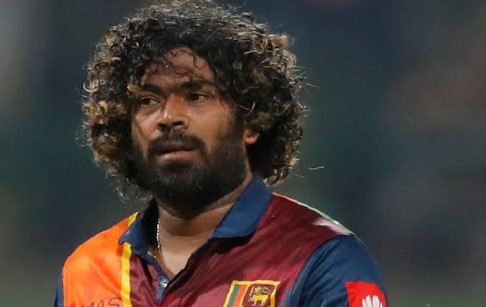Fittest Cricketers: In the world of cricket, fitness has become as important as skill. With the game evolving over the decades, the demands on cricketers have drastically increased. While the game of cricket traditionally focused on technique and strategy, the modern-day cricketer must combine exceptional athleticism, stamina, speed, and agility to meet the physical demands of the sport.
Players must be able to perform at peak levels for long durations—whether it’s during the five-day grind of Test matches, the high-intensity, short-duration nature of T20 cricket, or the demanding ODIs. Cricketers need explosive power for boundary-hitting, fast reflexes for fielding, and immense stamina for bowling and running between the wickets.
In this article, we will take a deep dive into the fittest cricketers in the world, examining players who have redefined what it means to be a physically fit cricketer, the importance of fitness in cricket, and the impact it has on their performance.
The Evolution of Fitness in Cricket
In the early years of cricket, fitness was not necessarily a key factor in a player’s selection. The game was often played in a more relaxed manner, with players focusing primarily on their batting, bowling, and fielding techniques. However, with the evolution of the game and the rise of professional cricket leagues and formats like T20, cricketers have had to adapt to more physically demanding schedules and expectations.
Today, cricketers must be in peak physical condition. This is especially true given the ever-changing nature of the game, which now includes fast-paced formats, extreme travel schedules, and long seasons of cricket. Modern cricketers undergo rigorous fitness training, which includes strength training, cardio, endurance, flexibility, and injury prevention.
The advent of professional fitness regimes has led to an era where the fittest cricketers are now some of the most successful in the world. Their ability to stay fit has a significant impact on their longevity in the game and their overall performance.
Why Fitness Is Crucial for Cricketers
Fitness in cricket is no longer just about running between wickets or maintaining stamina for long spells of bowling. It is about the overall well-being of the player and how it affects their game on multiple levels. Here’s why fitness is crucial in cricket:
1. Endurance for Long Formats
- In Test matches, players are required to perform over long periods, sometimes over five days. A cricketer needs to be able to field, bowl, or bat for extended hours without tiring. Fitness helps cricketers maintain peak performance over long durations.
2. Explosive Power for T20s
- With the rise of T20 cricket, players need to possess explosive power to hit boundaries, bowl fast, or field aggressively. Fitness enables players to generate power in their shots or bowling action, helping them excel in the shorter formats of the game.
3. Injury Prevention
- Injuries are a common issue in cricket, and maintaining peak fitness can help prevent injuries. Strong muscles, joints, and ligaments, along with flexibility, ensure that cricketers avoid stress-related injuries from repetitive actions, such as bowling or batting.
4. Mental Toughness
- Fitness also contributes to mental toughness. Cricketers who are in better shape tend to have greater stamina and mental focus, which can help them stay sharp under pressure, whether chasing down a target in an ODI or bowling a spell on the final day of a Test match.
The Fittest Cricketers in the World
There are several cricketers who are widely considered to be among the fittest in the world. These players not only perform well on the field but also serve as role models for fitness and dedication. Below is a list of some of the most recognized players known for their exceptional fitness levels:
1. Virat Kohli (India)
Virat Kohli is arguably one of the fittest cricketers in the world today. Known for his discipline and commitment to fitness, Kohli has transformed his body over the years. His fitness journey started in 2012, and since then, he has been consistently one of the most physically fit players in the international circuit.
| Player | Matches Played (ODIs) | Matches Played (Tests) | Matches Played (T20s) | Fitness Level | Notable Achievements |
|---|---|---|---|---|---|
| Virat Kohli | 262 | 108 | 115 | Elite | Over 70 international centuries, former India captain |
Kohli’s fitness is evident in his speed on the field, his endurance as a batsman, and his agility in the field. He is known for his intense workout routines, which include weight training, cardio, and flexibility exercises.
2. Ben Stokes (England)
Ben Stokes, the England all-rounder, is another player known for his remarkable fitness. His ability to perform under pressure, combined with his power-hitting and athletic fielding, has earned him accolades as one of the most physically fit cricketers in the world. His agility and strength are key to his success as an all-rounder.
| Player | Matches Played (ODIs) | Matches Played (Tests) | Matches Played (T20s) | Fitness Level | Notable Achievements |
|---|---|---|---|---|---|
| Ben Stokes | 104 | 78 | 37 | Elite | Player of the Match in 2019 World Cup Final, 2019 Ashes hero |
Stokes’ fitness regimen focuses on power, strength, and stamina, all of which contribute to his dynamic performances both as a bowler and batsman. His fitness played a crucial role in his dramatic performance in the 2019 World Cup final and the Ashes.
3. Steve Smith (Australia)
While known primarily for his batting prowess, Steve Smith is also regarded as one of the fittest cricketers in the world. His ability to stay sharp throughout long Test matches and remain agile in the field sets him apart. Smith focuses on maintaining a lean, muscular physique which helps him with his endurance.
| Player | Matches Played (ODIs) | Matches Played (Tests) | Matches Played (T20s) | Fitness Level | Notable Achievements |
|---|---|---|---|---|---|
| Steve Smith | 128 | 85 | 44 | High | Former Australia captain, 2019 ICC Cricketer of the Year |
Smith’s fitness regimen focuses on flexibility, stamina, and core strength, which helps him maintain focus and energy even in the most taxing formats.
4. MS Dhoni (India)
MS Dhoni, the former India captain, is not only known for his incredible leadership but also for his fitness. Though he may not have the same intensity as a young cricketer, Dhoni’s agility behind the stumps and his quick running between the wickets are testimony to his fitness levels.
| Player | Matches Played (ODIs) | Matches Played (Tests) | Matches Played (T20s) | Fitness Level | Notable Achievements |
|---|---|---|---|---|---|
| MS Dhoni | 350 | 90 | 98 | High | 2007 ICC T20 World Cup winner, 2011 ICC World Cup winner |
Dhoni incorporates a mix of strength, agility, and mental endurance in his training. His fitness played an essential role in his effectiveness in the shorter formats, especially during tight run-chases and behind the stumps.
5. Shahid Afridi (Pakistan)
Shahid Afridi, one of Pakistan’s most explosive players, has remained physically fit throughout his career. Afridi, known for his explosive batting, also maintained remarkable fitness levels, which helped him play at a high level well into his late 30s.
| Player | Matches Played (ODIs) | Matches Played (Tests) | Matches Played (T20s) | Fitness Level | Notable Achievements |
|---|---|---|---|---|---|
| Shahid Afridi | 398 | 27 | 99 | High | 2011 ICC World Cup winner, 350+ ODIs |
Afridi’s strength and ability to hit huge sixes were not just the result of power but also due to his exceptional fitness. His training routine included running, strength exercises, and bat speed drills to enhance his power-hitting ability.
The Impact of Fitness on Performance
The fitness of cricketers is directly correlated to their on-field performance. Below are some of the ways in which fitness impacts a cricketer’s ability to perform:
- Endurance: A fit player can endure long matches, especially in Test cricket, where energy and focus are paramount.
- Speed: Players who are physically fit have a greater ability to accelerate, whether while running between the wickets, chasing down balls in the outfield, or bowling fast.
- Agility: Fielding in cricket demands agility, and a fit player can respond quickly to high-pressure situations.
- Injury Prevention: A strong and well-conditioned body is less prone to injury, allowing players to play longer careers at the highest level.
Training Regimens of Elite Cricketers
Elite cricketers follow specific training regimens tailored to their needs and roles on the team. These typically include:
- Strength Training: Focused on building muscle and power, essential for both batting and bowling.
- Cardiovascular Training: Long-distance running and interval training help improve stamina.
- Agility and Reflex Training: To enhance quick reflexes and fast movement on the field.
- Flexibility and Recovery: Stretching exercises, yoga, and physiotherapy are incorporated to ensure mobility and prevent injuries.
Conclusion
Cricket today demands more from players than ever before. As the game evolves, so do the physical requirements. The fittest cricketers in the world—such as Virat Kohli, Ben Stokes, and Steve Smith—demonstrate how fitness is a key factor in achieving longevity and peak performance. These players show that in modern cricket, being fit is just as crucial as being skillful, and their training regimens set the benchmark for future generations of cricketers. Fitness, combined with technical ability, is now a fundamental aspect of the game, and those who are committed to staying in peak condition will continue to thrive on the global stage.

